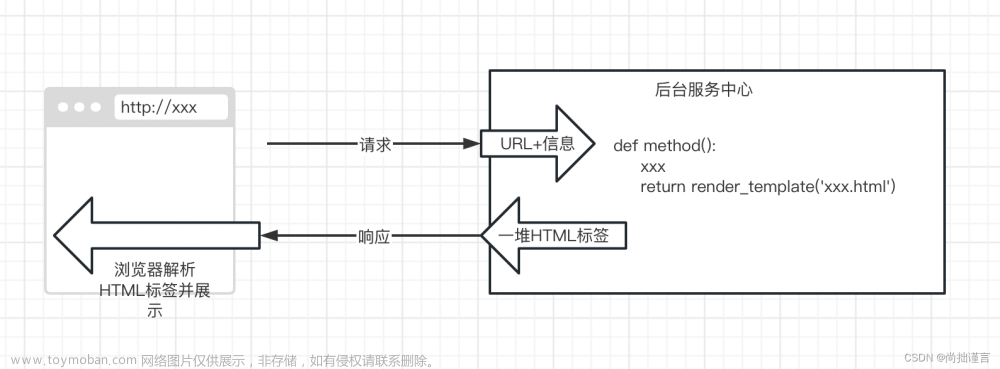Tip:默认情况下,logging模块不会自动地将日志存储到某个特定路径,除非你指定了该路径。你需要创建一个FileHandler,然后为其设置一个文件路径,这样日志就会被写入到该文件中。
-
以下是一个简单的例子,展示如何将日志信息写入到名为example.log的文件中:
import logging # Create or retrieve a logger logger = logging.getLogger(__name__) # Set the logger level logger.setLevel(logging.DEBUG) # Create a FileHandler file_handler = logging.FileHandler('example.log') # Create a formatter and add it to the file handler formatter = logging.Formatter('%(asctime)s - %(name)s - %(levelname)s - %(message)s') file_handler.setFormatter(formatter) # Add the file handler to the logger logger.addHandler(file_handler) # Now log some messages logger.debug('This is a debug message.') logger.info('This is an info message.') logger.warning('This is a warning message.') logger.error('This is an error message.') logger.critical('This is a critical message.')
在上述代码中,日志将被写入到当前工作目录下的example.log文件中。如果你希望日志被写入到其他路径,只需为FileHandler提供完整的路径即可,如:/path/to/your/log/folder/example.log。文章来源:https://www.toymoban.com/news/detail-727784.html
请注意管理和维护日志文件,以确保它们不会占用太多的存储空间,尤其是当日志文件可能会变得非常大时。文章来源地址https://www.toymoban.com/news/detail-727784.html
到了这里,关于Python的logging模块Demo的文章就介绍完了。如果您还想了解更多内容,请在右上角搜索TOY模板网以前的文章或继续浏览下面的相关文章,希望大家以后多多支持TOY模板网!








